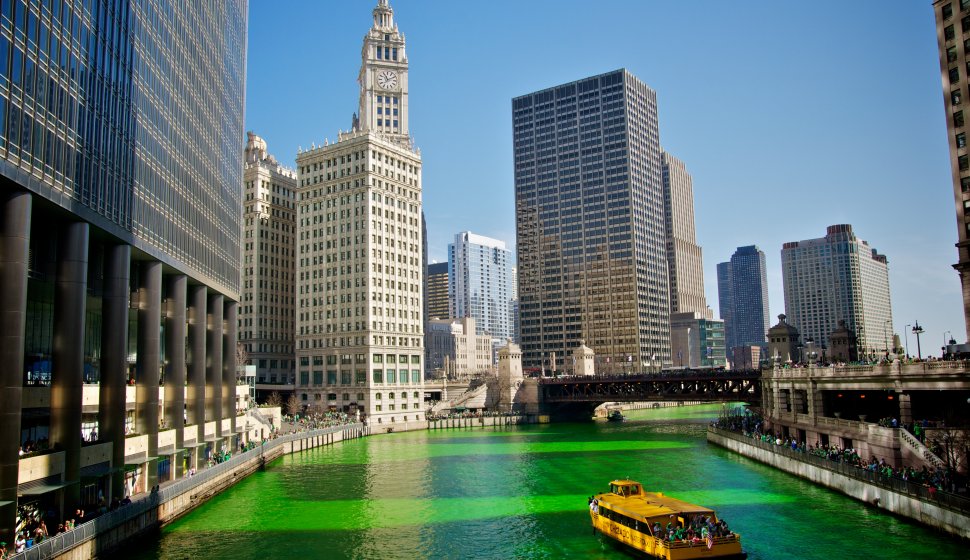- Home
- Celebrations
- St Patrick's Day

St Patrick's Day Dates in 2026, 2027 and 2028
St Patrick's Day is celebrated at the following dates:
- Tuesday, March 17, 2026
- Wednesday, March 17, 2027
- Friday, March 17, 2028
St Patrick's day is celebrated on March 17 most years, unless it falls on another religious holiday, as was the case in 1940 and in 2008.
The next time St. Patrick's day will be moved will be in 2160. Despite its religious origins, St. Patrick's day has become a secular holiday celebrating Irish culture and heritage. It is often celebrated by wearing green, decorating with shamrocks and drinking alcohol, especially Irish beer.
Origins
Falling on the date the St. Patrick died, St. Patrick's day celebrates the arrival of Christianity, brought to Ireland by St. Patrick in the 5th century. Being of religious origins, it is now mostly thought of as a celebration of Irish heritage. Originally the Feast of saints, it is said to have been observed since the 10th century in Ireland1, though it was around the 17th century that it became an official christian feast day2.
Traditionally, St. Patrick's day offers a break in lent2, where christians abstain from alcohol and meat on ash Wednesday as well as on every Friday during the period of lent3. This is especially true on good Friday3.
Celebrations
Though not legally a holiday in the United States, St. Patrick's day has been celebrated in the U.S. since the 1737, when the Charitable Irish Society of Boston first introduced it4. Celebrations associated with St. Patrick's day include parades, wearing the color green, shirts that say “kiss me I'm Irish” and heavy alcohol consumption. On St. Patrick's day, bars and restaurants are almost always full, parades can be seen across the country and everyone is Irish (even if they're not).
Irish or not
St. Patrick's day is celebrated anywhere that people with Irish heritage can be found. Because the color green has been associated with Ireland since at least the 1640s, nearly everyone celebrates by wearing green clothing or adorning themselves with shamrocks, which are said to have been used by St. Patrick while explaining the Holy Trinity to pagan Ireland5.
Today, the religious significance of this holiday is generally lost. People from all religions, ethnicities and countries of origin celebrate this holiday to varying degrees. St. Patrick's day is most commonly associated with parades, Guinness beer and anything else Irish, but that does not prohibit non-Irish folks from joining in the festivities.
Parades
Though parades happen in most major cities, the largest takes place in New York, with over 2 million spectators6, where the first St. Patrick's day parade was held in 17627. This number is followed by parades in Chicago [1 million spectators] and Boston [between 600,000 and 1 million spectators]6. Boston, despite having a population of only 655,884 as of 20148boasts roughly 90% - 150% of the city's population in parade spectators alone, meaning the city doubles in size every St. Patrick's Day.
